
Also, PDL BioPharma will no longer pursue sale of the company, executives resign from Topigen Pharmaceuticals, more...

Also, PDL BioPharma will no longer pursue sale of the company, executives resign from Topigen Pharmaceuticals, more...

Also, Millipore plans to open Singapore facility, Michael J. Simms joins Alexza Pharmaceuticals, more...

After two centuries, there's no reason to maintain two tablet compression tooling standards.
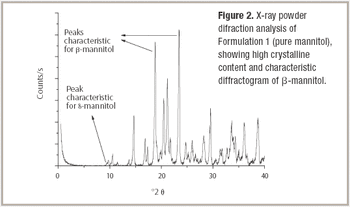
Mannitol is the most commonly used bulking agent in freeze-drying formulation design. The benefit of using mannitol is that it crystallizes during freezing and permits drying processes at higher product temperatures, and thus with higher sublimation rates relative to purely amorphous systems (1). Mannitol, however, is known to form different crystalline modifications which compromises reproducibility of product characteristics and storage stability due to phase transformations (2, 3).
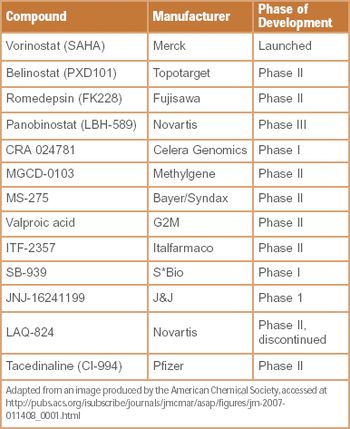
New research and ideas for March 2008

Chemical imaging of solid dosage forms has become a powerful analytical tool for the development of solid dosage forms.

The selection of an appropriate salt form for a potential drug candidate is an opportunity to modulate its characteristics to improve bioavailability, stability, manufacturability, and patient compliance.
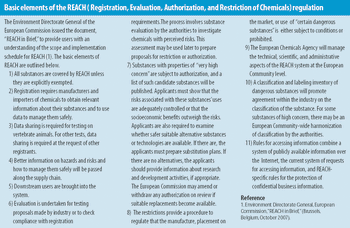
The European Union's REACH initiative has the potential to affect the flow of chemicals into the pharmaceutical suppy chain.

Show blasts off this month in Philadelphia with more suppliers, new trends, and real-world solutions.
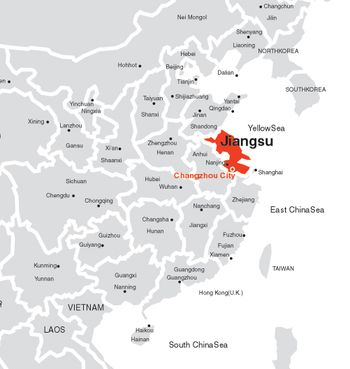
A news roundup for March 2008.

Brief pharmaceutical news items for March 2008.
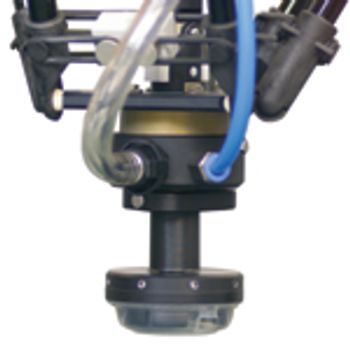
Twenty years ago it was commonplace for pills, tablets and capsules to come in small, plastic or even glass bottles. Syrups were a much more common galenic solution than today, and individual dosages of injectables were only offered in glass vials and ampoules.
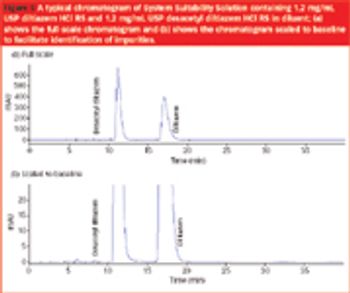
The stability of drugs in solid forms such as powders, tablets and capsules is usually determined very thoroughly by the drug's manufacturer. Based on stability study data, the shelf-life of a drug substance or a drug product is assigned. In addition to dispensing solid dosage forms to patients, pharmacists are frequently asked to compound oral liquid preparations for which the shelf-life or beyond-use date are assigned based on the pharmacist's best judgment - often without the benefit of stability data.
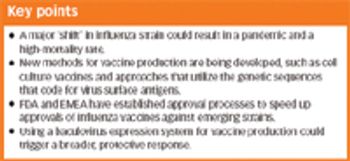
Conventional influenza vaccines use an egg-based culture and harvest process. This is slow and inflexible compared with emerging cell culture-based approaches that respond rapidly to the influenza virus's inherent ability to 'drift' or, more dangerously, 'shift' - a critical factor that would arise in the event of a pandemic.

Also, Genmab will acquire PDL Pharma's Minnesota manufacturing facility, DSM Pharmaceuticals appointed Hans Engels president and business unit director, more...

APP Pharmaceuticals will boost manufacturing of therapeutic multidose vials of heparin.

Also, Biocon will acquire 70% of AxiCorp, ARIAD Pharmaceuticals promoted Richard W. Pascoe to the new position of COO, more...

To ensure an effective treatment, a patient often must take equal doses of an active pharmaceutical ingredient (API) at regular intervals.

Scientists at The Wistar Institute are taking further steps into understanding a gene regulator that can lead them closer to developing new cancer therapies.

Chesapeake to relocate and expand, AVI BioPharma appoints CEO, More...

Amira and GSK Form Agreement, Xenome Appoints Ian Nisbet CEO, More...
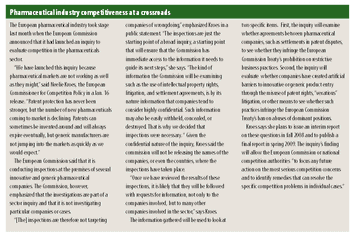
Contract manufacturers expand capabilities in aseptic processing, clinical-trial materials supply, and cytotoxic manufacturing.
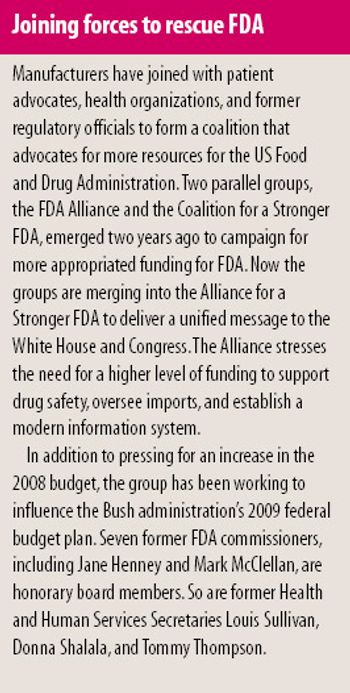
The rise in overseas manufacturing undermines FDA oversight of drug quality.

PharmTech's polls feature user feedback on issues facing the pharmaceutical industry.
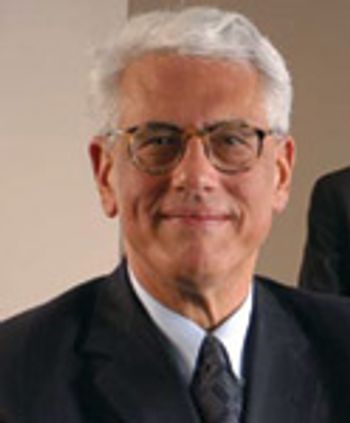
Brief pharmaceutical news items for February 2008.